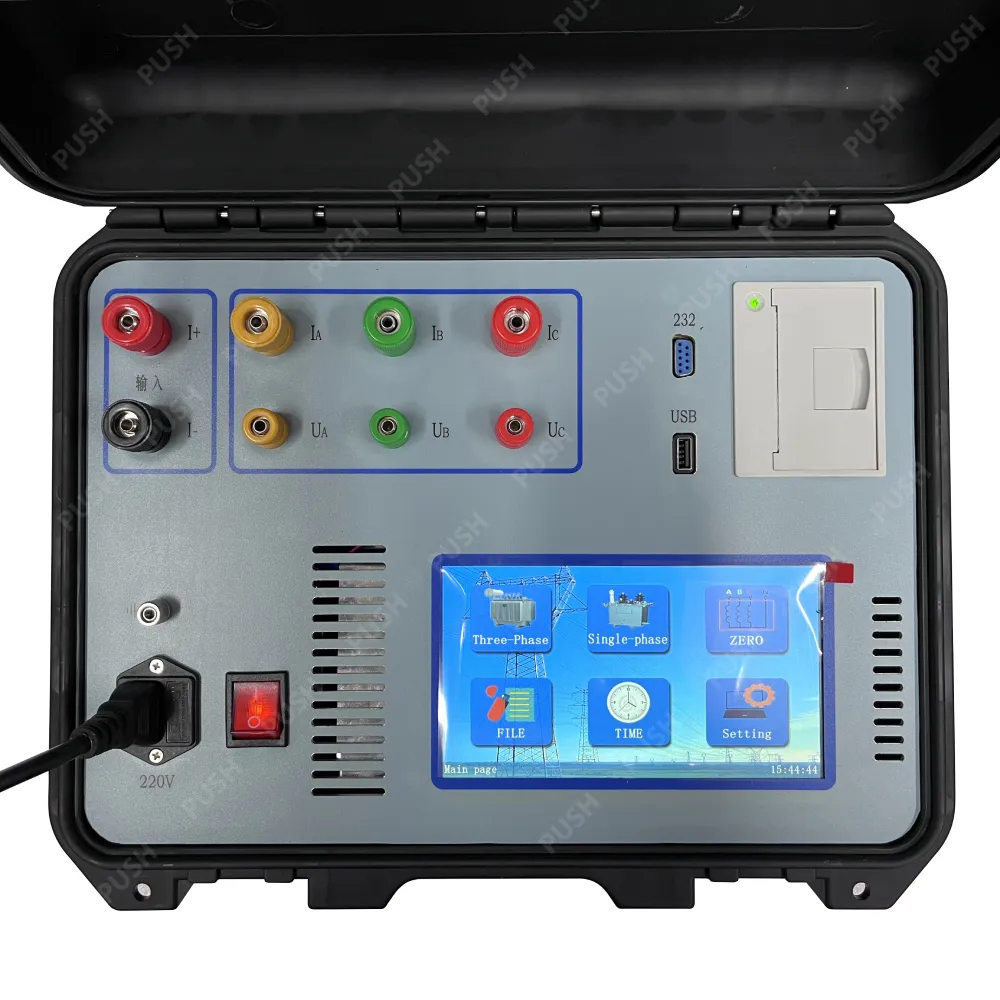 English
English



-
 Afrikaans
Afrikaans -
 Albanian
Albanian -
 Amharic
Amharic -
 Arabic
Arabic -
 Armenian
Armenian -
 Azerbaijani
Azerbaijani -
 Basque
Basque -
 Belarusian
Belarusian -
 Bengali
Bengali -
 Bosnian
Bosnian -
 Bulgarian
Bulgarian -
 Catalan
Catalan -
 Cebuano
Cebuano -
 China
China -
 China (Taiwan)
China (Taiwan) -
 Corsican
Corsican -
 Croatian
Croatian -
 Czech
Czech -
 Danish
Danish -
 Dutch
Dutch -
 English
English -
 Esperanto
Esperanto -
 Estonian
Estonian -
 Finnish
Finnish -
 French
French -
 Frisian
Frisian -
 Galician
Galician -
 Georgian
Georgian -
 German
German -
 Greek
Greek -
 Gujarati
Gujarati -
 Haitian Creole
Haitian Creole -
 hausa
hausa -
 hawaiian
hawaiian -
 Hebrew
Hebrew -
 Hindi
Hindi -
 Miao
Miao -
 Hungarian
Hungarian -
 Icelandic
Icelandic -
 igbo
igbo -
 Indonesian
Indonesian -
 irish
irish -
 Italian
Italian -
 Japanese
Japanese -
 Javanese
Javanese -
 Kannada
Kannada -
 kazakh
kazakh -
 Khmer
Khmer -
 Rwandese
Rwandese -
 Korean
Korean -
 Kurdish
Kurdish -
 Kyrgyz
Kyrgyz -
 Lao
Lao -
 Latin
Latin -
 Latvian
Latvian -
 Lithuanian
Lithuanian -
 Luxembourgish
Luxembourgish -
 Macedonian
Macedonian -
 Malgashi
Malgashi -
 Malay
Malay -
 Malayalam
Malayalam -
 Maltese
Maltese -
 Maori
Maori -
 Marathi
Marathi -
 Mongolian
Mongolian -
 Myanmar
Myanmar -
 Nepali
Nepali -
 Norwegian
Norwegian -
 Norwegian
Norwegian -
 Occitan
Occitan -
 Pashto
Pashto -
 Persian
Persian -
 Polish
Polish -
 Portuguese
Portuguese -
 Punjabi
Punjabi -
 Romanian
Romanian -
 Russian
Russian -
 Samoan
Samoan -
 Scottish Gaelic
Scottish Gaelic -
 Serbian
Serbian -
 Sesotho
Sesotho -
 Shona
Shona -
 Sindhi
Sindhi -
 Sinhala
Sinhala -
 Slovak
Slovak -
 Slovenian
Slovenian -
 Somali
Somali -
 Spanish
Spanish -
 Sundanese
Sundanese -
 Swahili
Swahili -
 Swedish
Swedish -
 Tagalog
Tagalog -
 Tajik
Tajik -
 Tamil
Tamil -
 Tatar
Tatar -
 Telugu
Telugu -
 Thai
Thai -
 Turkish
Turkish -
 Turkmen
Turkmen -
 Ukrainian
Ukrainian -
 Urdu
Urdu -
 Uighur
Uighur -
 Uzbek
Uzbek -
 Vietnamese
Vietnamese -
 Welsh
Welsh -
 Bantu
Bantu -
 Yiddish
Yiddish -
 Yoruba
Yoruba -
 Zulu
Zulu
Evaluating the Continuity of Transformer Windings for Optimal Performance and Safety
The Continuity Test of a Transformer Ensuring Electrical Integrity
Transformers are essential components in electrical energy transmission and distribution systems. They facilitate the conversion of voltage levels, enabling efficient power transfer over long distances. One critical aspect of maintaining transformer functionality is the continuity test. This test is vital for ensuring that electrical circuits are complete and functional, preventing potential failures and guarantees the reliability of electrical systems.
What is a Continuity Test?
A continuity test is an electrical test that checks if there is a continuous electrical path between two points. For transformers, this involves verifying the integrity of the winding connections and ensuring there are no breaks or faults in the circuitry. This is crucial because any discontinuity can lead to inefficiencies, overheating, or even catastrophic failures under load.
Importance of the Continuity Test
1. Safety A transformer with faulty windings can pose serious safety hazards, such as electric shocks or equipment damage. Performing a continuity test helps identify potential issues before they escalate.
2. Reliability Ensuring continuity within the transformer’s windings leads to a reliable power supply. Any interruptions in the winding could cause voltage fluctuations, leading to instability in the connected electrical devices.
3. Preventive Maintenance Regular continuity testing is a part of preventive maintenance strategies. By identifying issues early, maintenance teams can address potential problems before they require costly repairs or replacements.
4. Operational Efficiency A transformer that operates without faults can provide more efficient energy transfer. This efficiency reduces energy loss and can lead to lower operational costs.
continuity test of transformer

Performing a Continuity Test
The process of performing a continuity test on a transformer is fairly straightforward and involves several steps
1. Safety Precautions Before starting the test, it is critical to ensure that the transformer is de-energized. This prevents electrical shocks and guarantees the safety of the technician.
2. Equipment A digital multimeter is typically used for continuity tests. Set the multimeter to the continuity setting, which usually emits a beep when a complete circuit is detected.
3. Testing Attach the multimeter leads to the winding terminals of the transformer. A beep or a reading on the multimeter indicates continuity. It is essential to test all windings, including primary and secondary, to ensure that they are intact and functioning correctly.
4. Interpreting Results If continuity is confirmed, the transformer is likely in good condition at that moment. However, if there is no continuity observed, this indicates a break or fault in the winding, necessitating further investigation or repairs.
5. Documentation Keeping records of continuity test results is important for maintenance logs. This documentation can help identify trends or recurring issues that may require more comprehensive solutions.
Conclusion
The continuity test is a vital procedure for maintaining the operational integrity of transformers. By ensuring that winding connections are intact, electrical engineers and technicians can prevent potential outages, enhance safety, and maintain reliability in power systems. Regular testing is an indispensable part of transformer maintenance, contributing to the overall health of electrical grids and the safety of users. As we continue to depend on transformers for efficient power distribution, implementing thorough and regular continuity testing will remain a cornerstone of preventive maintenance practices.
-
Ensuring SF₆ Gas Safety: Introducing PUSH’s Integrated SF₆ Analyzer for Dew Point, Purity, and Decomposition MonitoringNewsJul.10,2025
-
Exploring the Main Types of Industrial Endoscopes and Their Applications Across IndustriesNewsJul.04,2025
-
Testing Equipment Industry Sees Major Advancements in 2025: Smart & Precision Technologies Lead the WayNewsJun.06,2025
-
Applications of Direct Current Generators in Renewable Energy SystemsNewsJun.05,2025
-
Hipot Tester Calibration and Accuracy GuidelinesNewsJun.05,2025
-
Digital Circuit Breaker Analyzer Features and BenefitsNewsJun.05,2025



